Throughout history, many cities have risen to greatness only to disappear, buried by time and nature. Rediscovered centuries later, these locations offer a glimpse into ancient cultures and reveal the ingenuity of early civilizations. From bustling trade centers to hidden fortresses, each of these has a unique story that was uncovered through perseverance and exploration. Here are some of the most fascinating lost cities that were once forgotten but are now helping us piece together the past.
Kalibangan, India
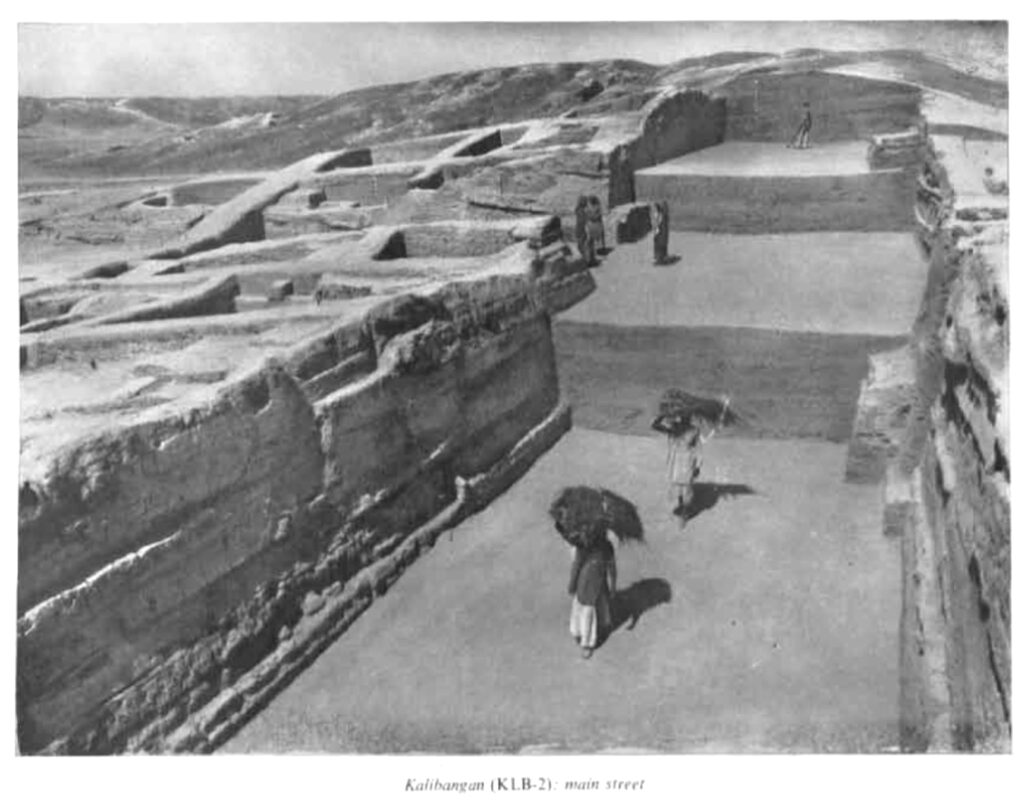
Located in the Hanumangarh district of Rajasthan, Kalibangan was a prominent city of the Indus Valley Civilization. It was rediscovered in 1919 by Italian Indologist Luigi Pio Tessitori, who was conducting research on Tulsidas’s Ramcharitmanas. Excavations revealed a well-planned city with unique fire altars and the world’s earliest known plowed field. These findings provided significant insights into the agricultural practices and religious rituals of the time. Its layout showcased advanced urban planning, including a grid system and sophisticated drainage. Artifacts such as pottery, seals, and tools were also uncovered, indicating a thriving economy. Its discovery has been pivotal in understanding the extent and sophistication of the Indus Valley Civilization.
Lothal, India
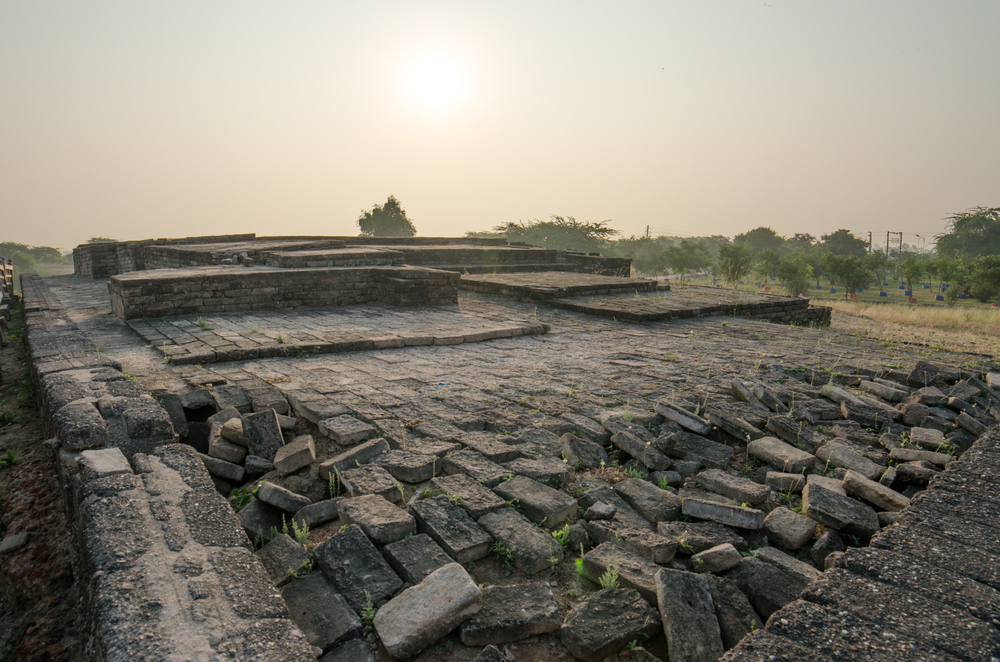
Situated in the present-day state of Gujarat, Lothal was a vital port city of the Indus Valley Civilization. It was unearthed in 1954 by the Archaeological Survey of India. The site revealed a dockyard, warehouses, and a well-planned drainage system, highlighting the city’s significance in maritime trade. Artifacts such as beads, seals, and pottery indicate a prosperous economy and skilled craftsmanship. The discovery of a standardized system of weights and measures suggests advanced trade practices. Its excavation has provided crucial information about the maritime activities and urban planning of ancient India.
Dwarka, India
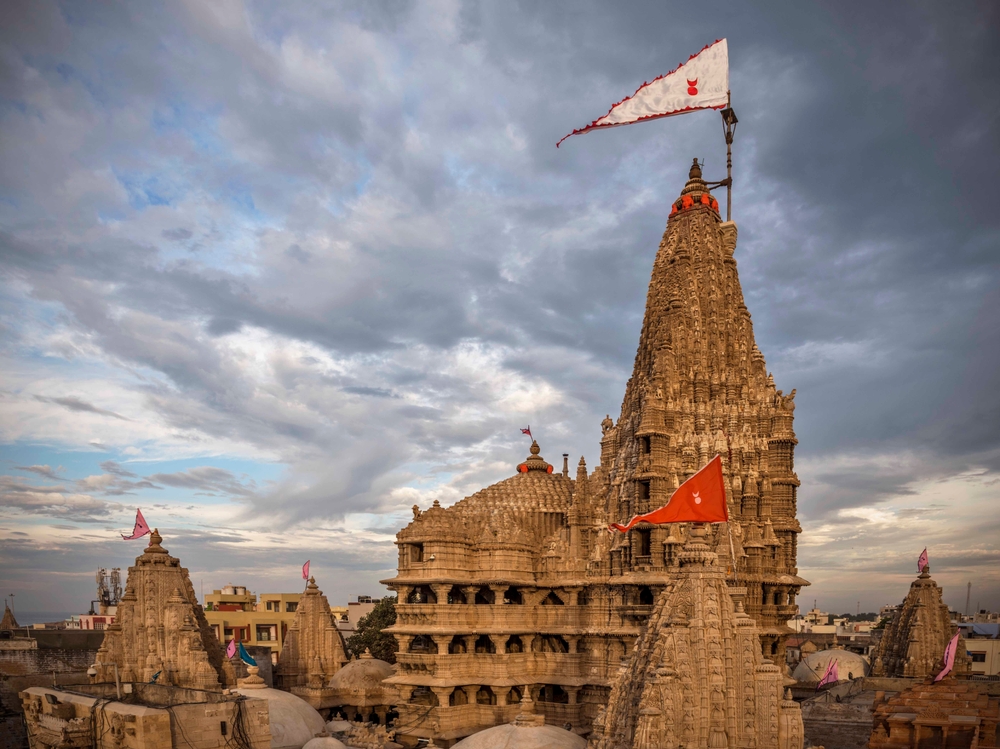
The ancient city of Dwarka, associated with Lord Krishna, is believed to have been submerged in the Arabian Sea. Marine archaeological explorations in 1983 led to its rediscovery off the coast of Gujarat. Divers found submerged structures, including walls, pillars, and artifacts dating back to 1500 BC. These findings corroborated ancient texts describing it as a prosperous city that was eventually submerged. The underwater ruins suggest advanced engineering and urban planning. Its unearthing has enriched the understanding of India’s mythological and historical narratives, creating a bridge between mythology and history.
Sanchi, India
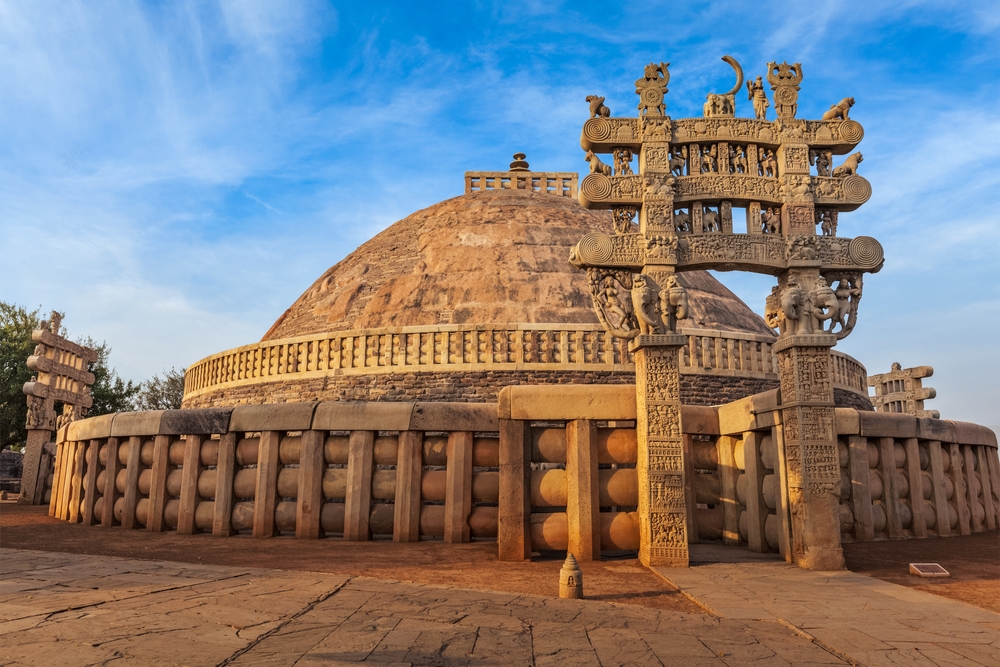
Sanchi, located in Madhya Pradesh, is renowned for its stupas and Buddhist monuments. The site was rediscovered in 1818 by British General Taylor. The Great Stupa, commissioned by Emperor Ashoka in the 3rd century BC, is a significant structure here. It also includes monasteries, temples, and pillars, reflecting the evolution of Buddhist art and architecture over centuries. Intricate carvings depict scenes from the Buddha’s life and Jataka tales. It remains a major symbol of India’s rich spiritual heritage and ancient craftsmanship.
Caral, Peru
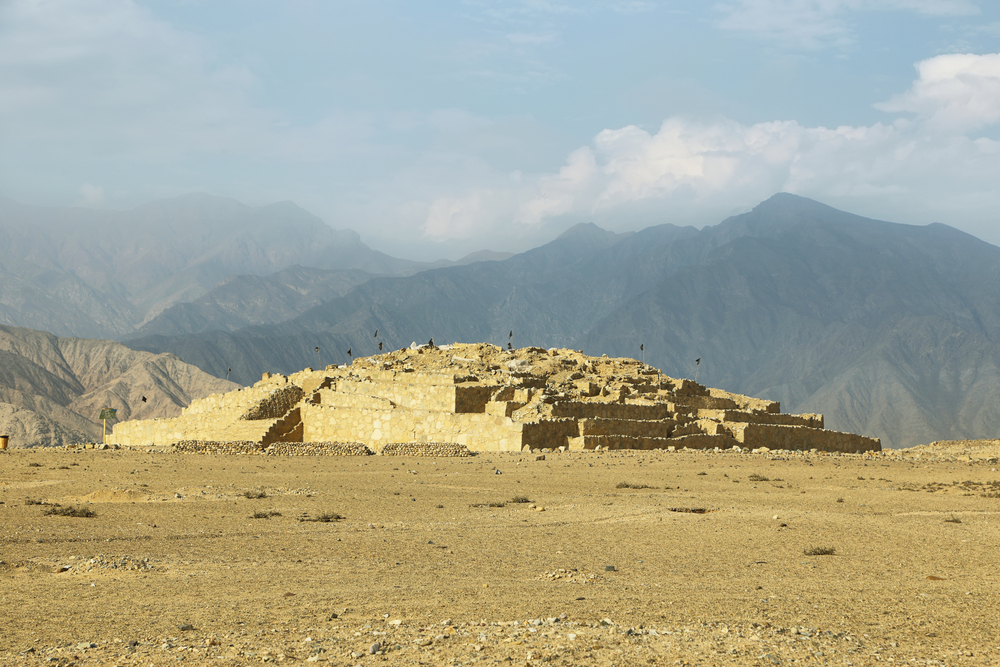
Caral, in Peru, is one of the oldest known civilizations in the Americas, dating back to around 2600 BC. Rediscovered in 1948, the site’s significance wasn’t fully understood until later excavations began in the 1990s. The city includes massive pyramids, plazas, and an intricate network of irrigation systems. Its architecture and layout show a high degree of urban planning. Its discovery challenged previously held beliefs about early American civilizations and their societal complexity. Artifacts like musical instruments made from bones suggest a culturally rich society.
Çatalhöyük, Turkey

Located in Turkey, Çatalhöyük is one of the earliest known Neolithic cities, dating back over 9,000 years. It was rediscovered in the late 1950s, and excavations revealed a complex settlement with houses, shrines, and elaborate murals. The site provides a glimpse into early urban life, showing a society that practiced agriculture and animal domestication. Houses were built close together, with roof entrances instead of doors, indicating unique architectural practices. Artifacts found at Çatalhöyük, including figurines and painted walls, hint at early religious and cultural practices. Its layout reflects a society that valued communal living and ritualistic traditions.
Tikal, Guatemala
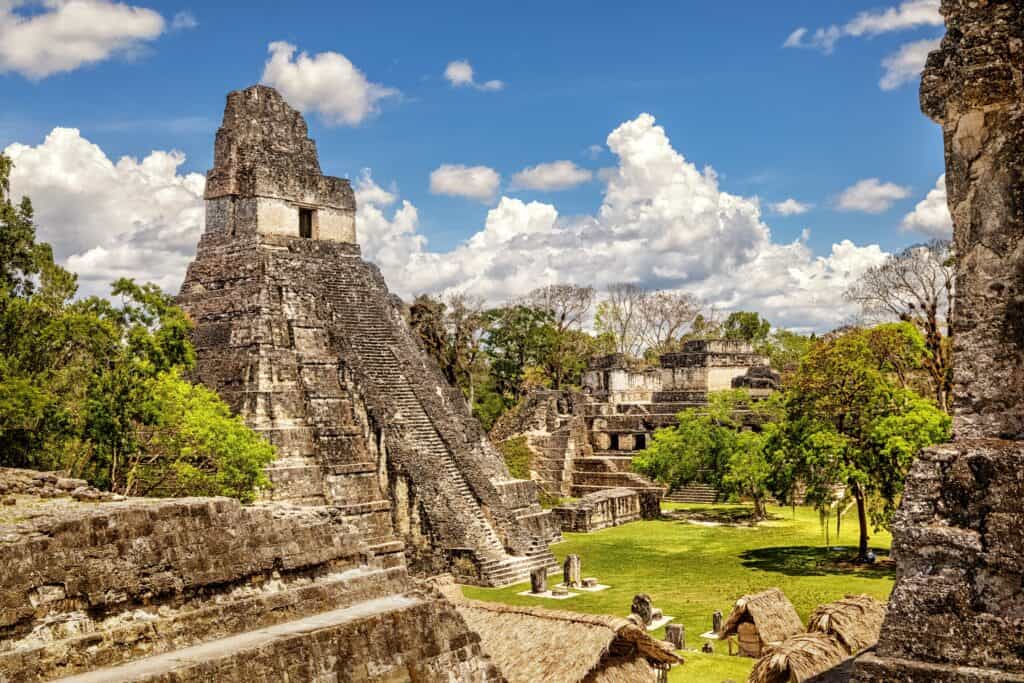
Hidden in the dense jungles of Guatemala, Tikal was once a major city of the Maya civilization. Rediscovered in the 1840s, the city’s impressive pyramids, plazas, and temples have since revealed much about Maya life and culture. It was a center of political and military power, with a population that likely reached tens of thousands. The architecture and inscriptions found here demonstrate the Maya’s advanced knowledge of astronomy and mathematics. Rediscovery of this city helped researchers decode Maya hieroglyphs, shedding light on their complex language. The site remains one of the most extensive and well-preserved examples of Maya civilization.
Mohenjo-daro, Pakistan
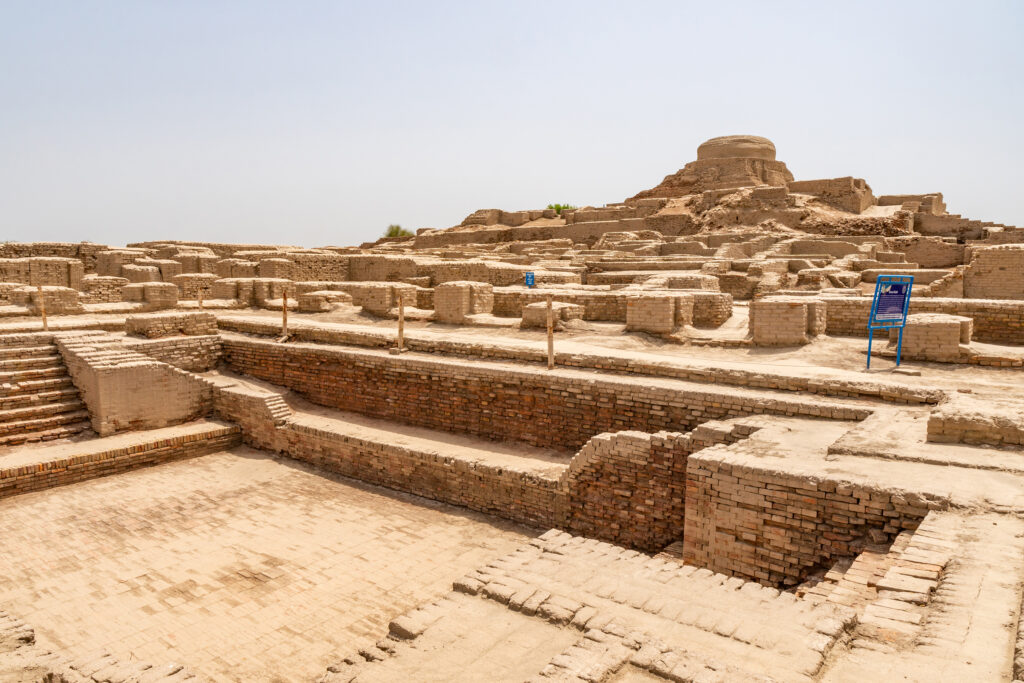
Mohenjo-daro, located in present-day Pakistan, was part of the ancient Indus Valley Civilization and dates back to around 2500 BC. Rediscovered in the 1920s, it is noted for its advanced urban planning and elaborate drainage systems. The city’s name, meaning “Mound of the Dead,” hints at its mysterious abandonment. Buildings made of baked bricks, a grid layout, and public baths demonstrate sophisticated urban design. Excavations have uncovered numerous artifacts, including jewelry, pottery, and figurines. Its discovery has been essential in piecing together the history of the Indus Valley.
Leptis Magna, Libya
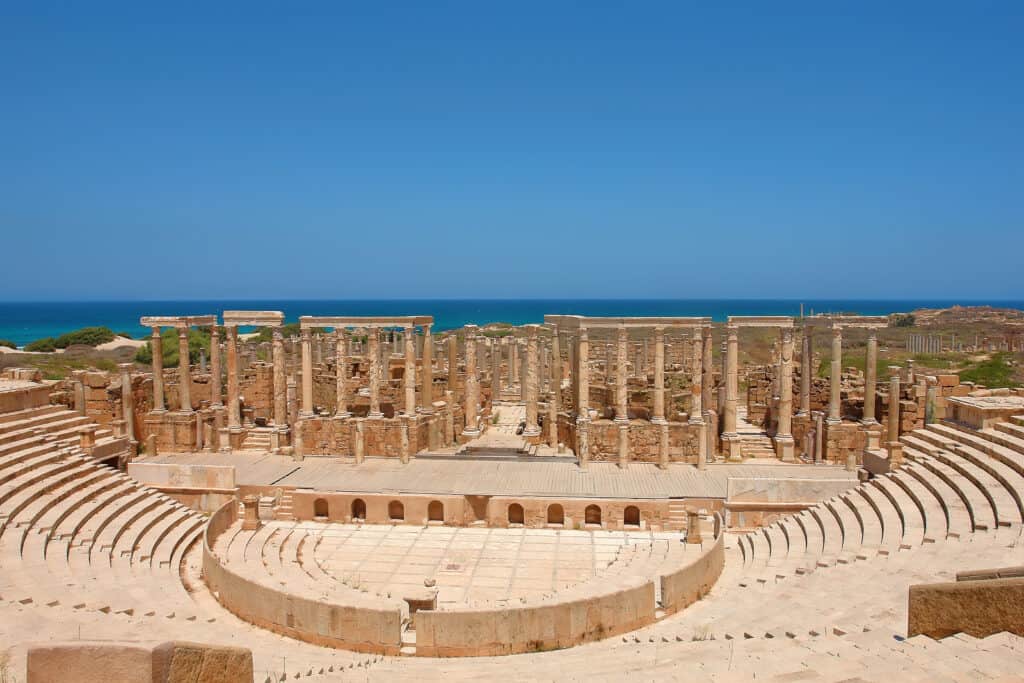
Located near the coast of modern-day Libya, Leptis Magna was a major Roman city. Rediscovered in the early 20th century, its ruins display stunning Roman architecture, including an amphitheater, baths, and basilicas. Founded by the Phoenicians, it was later expanded by the Romans and flourished as a trade center. The site is known for its unique blend of Roman and African influences in its architecture and layout. Despite its prosperity, it declined following invasions and natural disasters. Its rediscovery has highlighted the extent of the Roman Empire’s reach into Africa.
Sigiriya, Sri Lanka
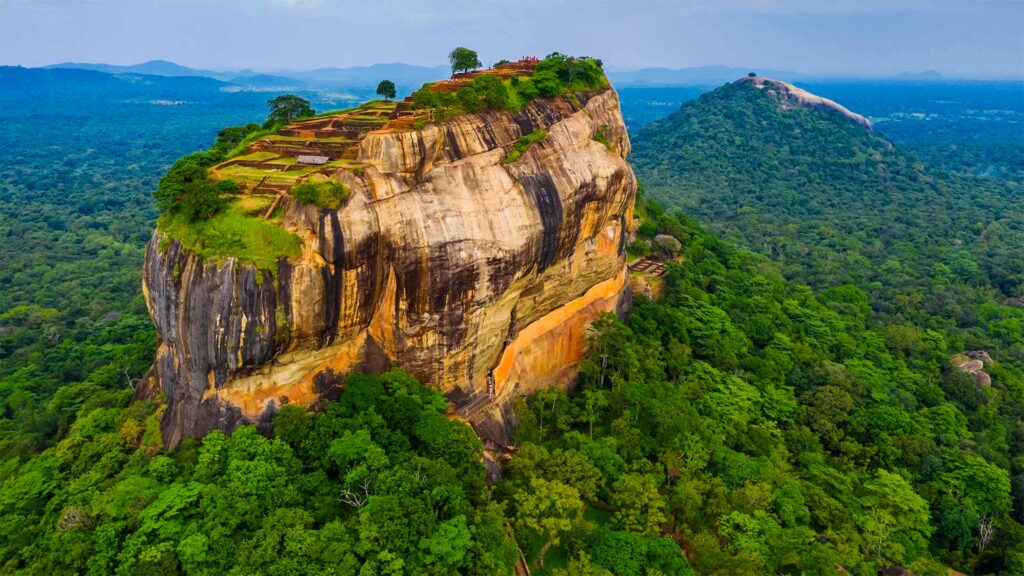
Sigiriya, also known as Lion Rock, is a fortress and palace complex in Sri Lanka, built by King Kashyapa in the 5th century AD. Rediscovered in the 19th century, the site includes impressive rock carvings, frescoes, and a sophisticated water garden system. The palace on top of the rock offers breathtaking views of the surrounding jungle. The site is famous for its intricate paintings and rock inscriptions. It is now a UNESCO World Heritage site and attracts visitors worldwide.
Mesa Verde, United States
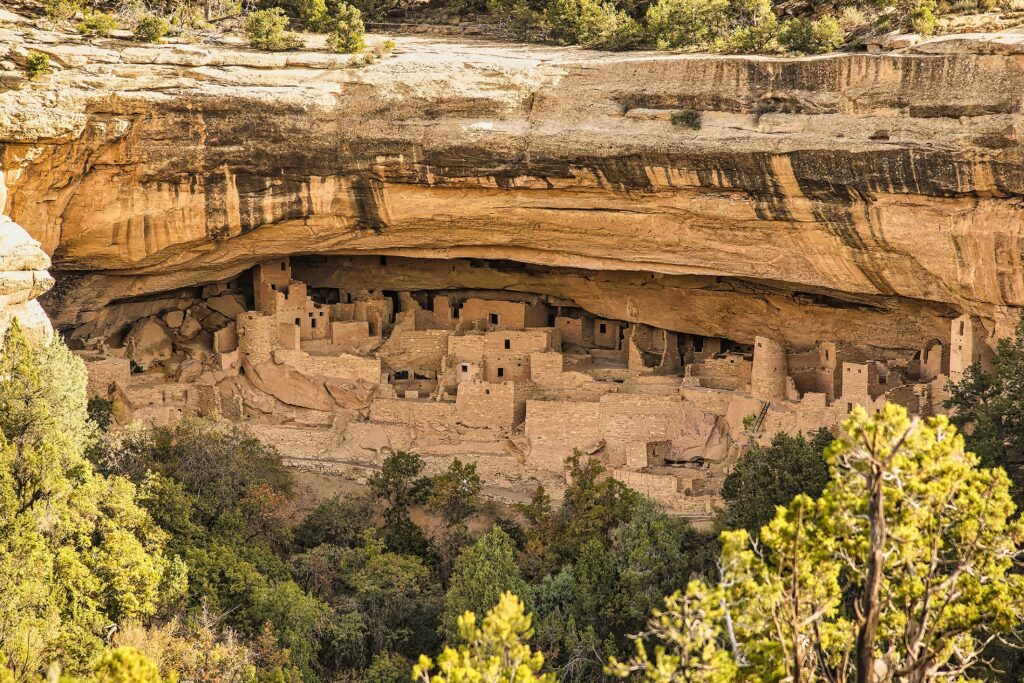
Mesa Verde, located in Colorado, USA, is known for its cliff dwellings built by the Ancestral Puebloans. Rediscovered in the late 19th century, this city includes over 600 cliff dwellings, including the famous Cliff Palace. The structures are built into the cliffs, showcasing impressive architectural skills adapted to the landscape. Its discovery has provided insights into the Puebloan culture, including their social and religious practices. Artifacts like pottery, tools, and rock art reveal a rich cultural heritage. Its rediscovery has brought attention to Native American history and its importance in North America. Today, it is preserved as a National Park and a testament to ancient resilience.
Hattusa, Turkey
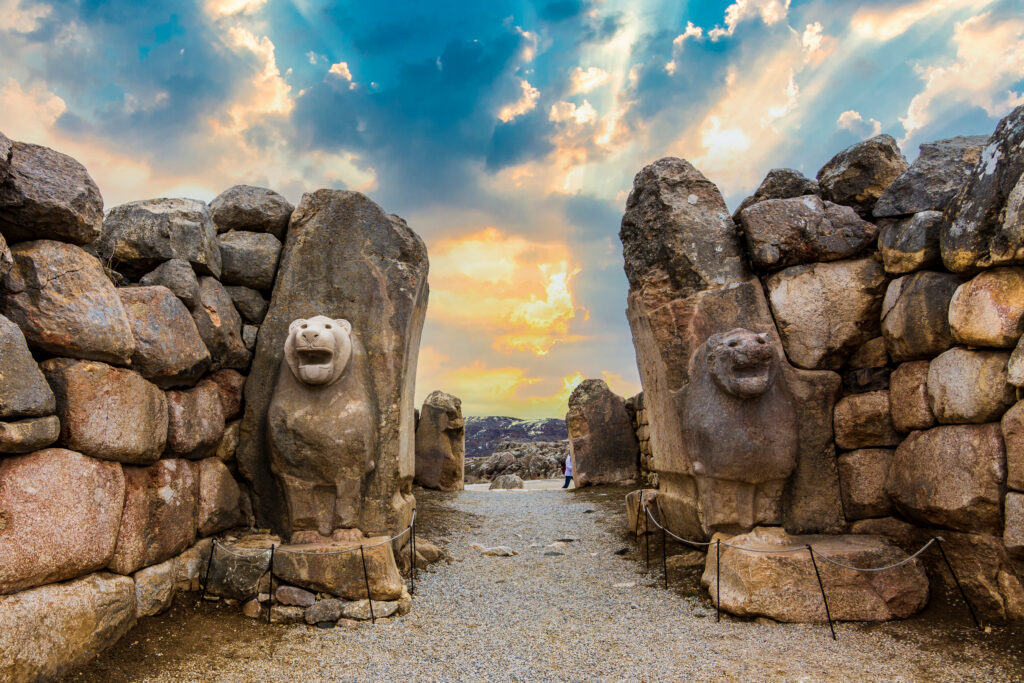
Hattusa, once the capital of the Hittite Empire, was located in present-day Turkey. Rediscovered in the early 20th century, its excavation revealed city walls, temples, and palaces, showcasing Hittite architecture. The city’s archives contained thousands of clay tablets, revealing the Hittite language and governance system. Its rediscovery has shed light on the Hittites’ military and political influence in the ancient Near East. Its unique fortifications and monumental gates are distinctive features of Hittite engineering. Its rediscovery filled a significant gap in the history of ancient Anatolia.
This article originally appeared on Rarest.org.
More from Rarest.org
10 Oldest Castles in the World
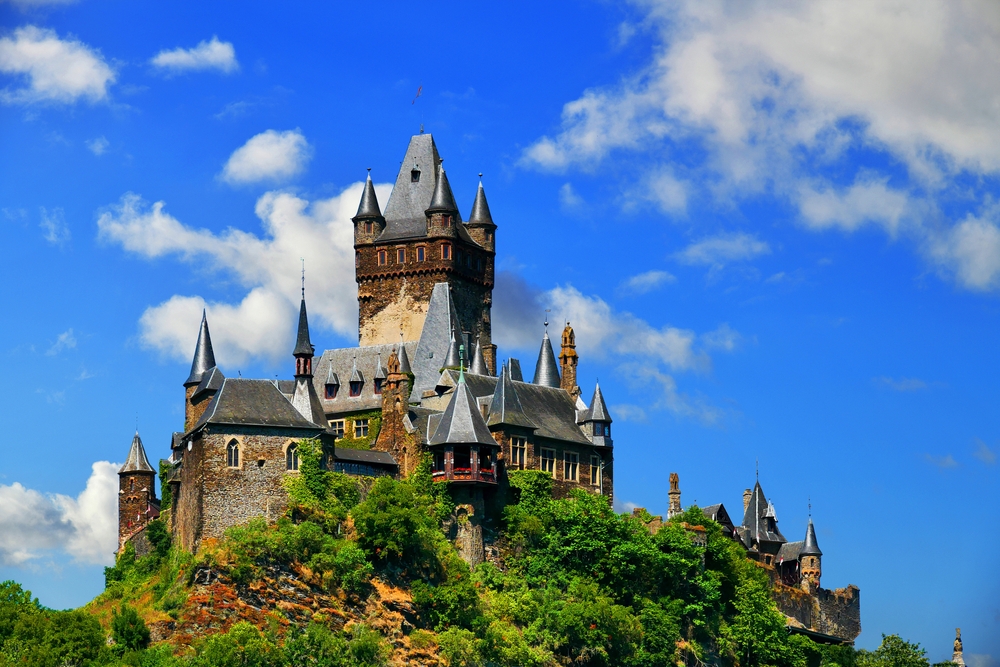
Castles are some of the most enduring symbols of history, offering a glimpse into the past through their architecture and stories. These ancient fortresses have witnessed the rise and fall of empires, serving as both military strongholds and royal residences. Read More.
15 Lesser-Known Species on the Brink of Extinction

Many species around the world are facing the threat of extinction, but not all of them are well-known. While efforts to save popular animals like pandas and tigers often make headlines, lesser-known species are quietly disappearing at an alarming rate. Read More.
20 Graceful Marine Mammals That Glide Through the Ocean`s Depths

The ocean is home to some of the most graceful creatures on Earth. Marine mammals glide effortlessly through its depths, showcasing their beauty and power. Read More.
